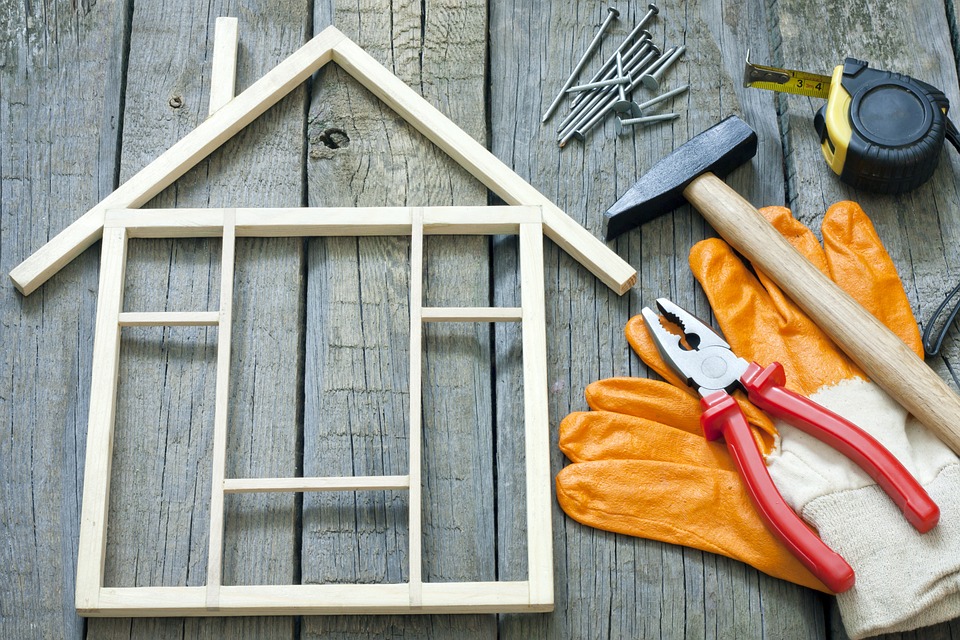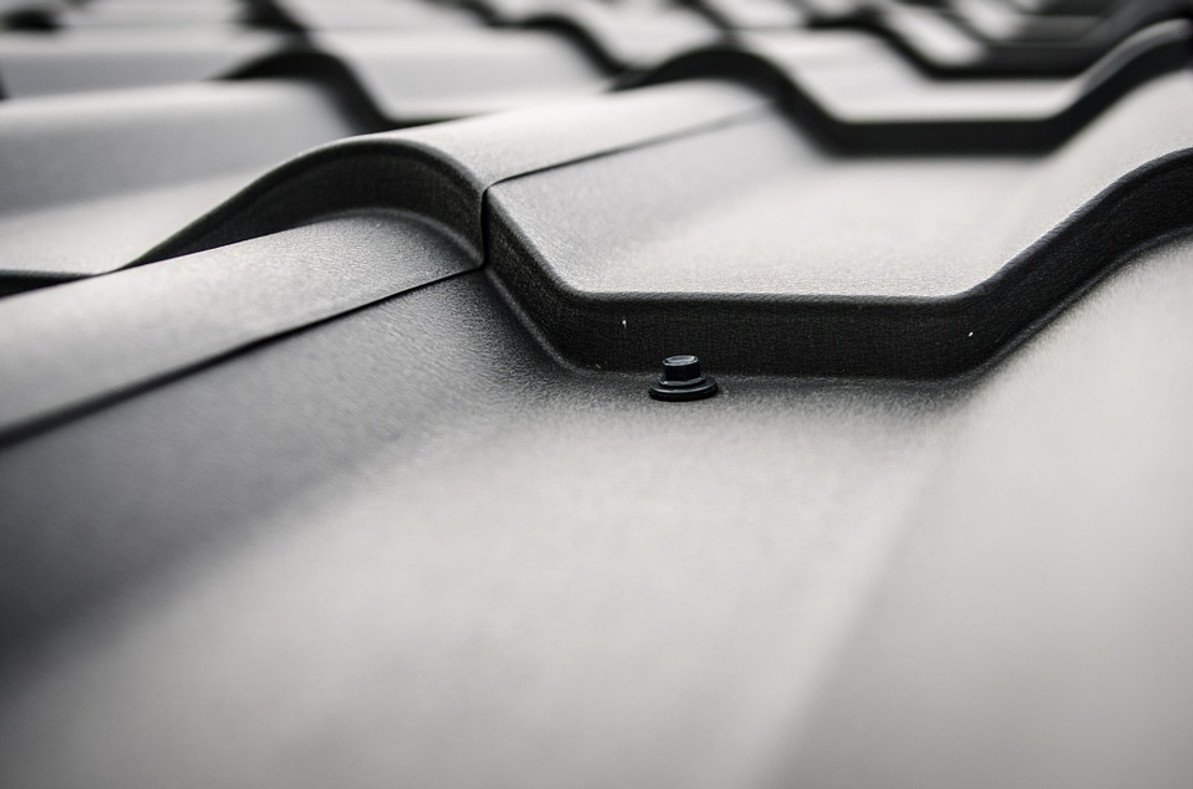Roof Safety 101: What You Should Know

The Bureau of Labor Statistics (BLS) reports that roofing is one of the top 10 most hazardous occupations in the United States. Each year, thousands of workers are either killed or seriously injured while working on roofs. But many of these incidents can be avoided by following some basic safety precautions.
Fall Prevention
Statistics show that three-fourths of all fatalities in the roofing industry is attributed to falls. Furthermore, the Professional Roofing magazine says that six roofers die every month on average as a result of falls. You can reduce the risk of falling, however, by following the tips outlined below:
- Only work on dry roofs
- Wear OSHA-approved footwear that provides adequate traction and protection from slipping
- Wear a helmet when working on a roof
- Keep your working area clean and free of debris
- Watch where you step
- When working on highly elevated roofs, wear a fall protection system
Burns
While most fatalities and serious injuries in roofing involve falls, burns are another hazard faced by roofers. Burns can occur in several ways, one of which is by direct contact with hot tar. When workers come into contact with hot tar, it sticks to their body, causing serious second and third-degree burns.
Another common type of burn encountered by roofers is sunburns. Roofs don't offer much (or any) shade; therefore, your entire body is exposed to the sunlight. And being that some workers stay on roofs for four or more hours at a time, it's more than enough time to cause serious sunburn. So, cover your body with lightweight, breathable clothing to protect against sunburns.
Electrocution
There's also the hazard of electrocution when working on a roof. Power lines and exposed electrical cables that are "hot" pose a serious risk to roofers. Before climbing on a roof, identify the location of all power lines and electrical cables, using caution to avoid them.
Fatigue and Exhaustion
Finally, many roofers suffer from fatigue and exhaustion. The intense heat, physical labor and stress of working on a roof can shorten reaction times and increase the risk of injury.
Working on a roof doesn't come without its own risks. Of course, this can be said for all occupations, though the risk of injury is higher in roofing when compared to most other industries and occupations. Nonetheless, you can protect yourself from common roofing hazards by following the tips outlined above.
Recent Posts
-
Fire Safety in the Workplace: What You Need to Know
What steps are you taking to prevent fires in your workplace? According to the U.S. Occupational Saf …Aug 23rd 2023 -
Is It Safe to Go Jogging With a Cold Infection?
If you're suffering from a cold infection, you might be wondering whether it's safe to go jogging. T …Aug 22nd 2023 -
5 Safety Tips to Follow When Using a Powder-Actuated Tool
Powder-actuated tools are commonly used to join materials to steel and concrete. Also known as Hilti …Aug 20th 2023




